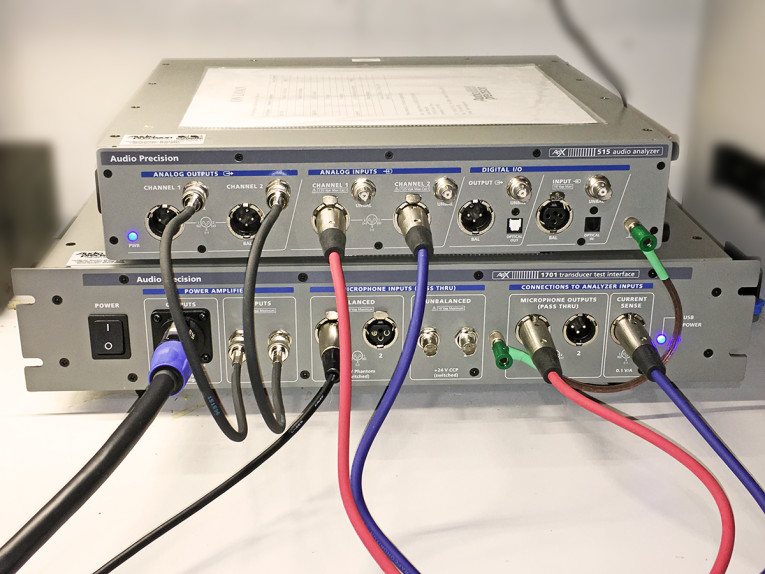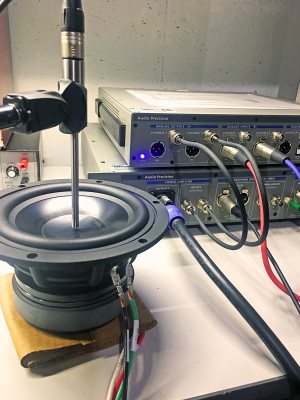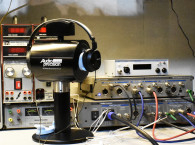
In his introduction of the APx515/APx1701 review, Yaniger writes:
Without question, the traditional gold standard in audio test gear has come from Audio Precision, based in Beaverton, OR. Its test gear has been the go-to choice for the past 30 years, and any serious engineer has made extensive use of the equipment for characterizing the electronics end of the audio production and reproduction chains.
Audio Precision’s founder, Bruce Hofer, is one of the best creative minds in audio test and measurement. The trade-off for performance has, as expected, been complexity and difficulty. Although I’ve never personally owned a System One or a System Two, my friends who have them universally praise the performance and universally condemn the difficulty of setup and use.
Audio Precision’s next generation of gear, the 2722, has improved in both areas, but in return it is an expensive and complex piece of equipment, suitable for setup by engineers comfortable with GPIB interfacing or LabVIEW. Audio Precision introduced the APx500 series as a lower cost alternative with improved user-friendliness, and my experience has borne this out—in less than an hour I had unpacked the APx515 and was getting good measurements.
 Although acoustic measurement is built into the APx500 software, in addition to an APx515 (or other analyzers in the ‘500 product line), the user needs to supply a power amplifier to drive the speakers or headphones under test and microphone preamplifiers. To perform impedance measurements, a series resistor and differential amplifier are also needed. Each of these must be accounted for in the calibration process, and any adjustments of volume using their controls will require that the calibration be rerun. And of course, low-noise and low-distortion electronics for the microphone and loudspeaker end of the measurement are not inexpensive.
Although acoustic measurement is built into the APx500 software, in addition to an APx515 (or other analyzers in the ‘500 product line), the user needs to supply a power amplifier to drive the speakers or headphones under test and microphone preamplifiers. To perform impedance measurements, a series resistor and differential amplifier are also needed. Each of these must be accounted for in the calibration process, and any adjustments of volume using their controls will require that the calibration be rerun. And of course, low-noise and low-distortion electronics for the microphone and loudspeaker end of the measurement are not inexpensive.As a result, most engineers I know keep two separate measurement systems on hand, one for electronics and one for transducers. While effective, this is redundant, clumsy, and unnecessarily expensive. From my point of view, a major stumbling block is having to learn the peculiarities of two separate software systems.
Meet the APx1701
To fill this gap, Audio Precision has introduced the APx1701 Transducer Interface. In combination with an APx500-series analyzer, the APx1701 creates a test center suitable for measuring speakers, headphones, microphones, and electronics. The APx1701 comprises two XLR balanced microphone inputs with 48 V phantom power (note that these are pass-through inputs, i.e., they will provide phantom power, but send the signal directly to the APx500-series analyzer’s analog inputs for amplification) and two unbalanced BNC microphone inputs set up as 4 mA constant current for powering microphones such as the PCB Piezotronics microphones I recently reviewed (audioXpress, December 2016) or Audio Precision’s new line of test microphones.
Read the complete review now available online here.
This article was originally published in audioXpress, March 2017 .








